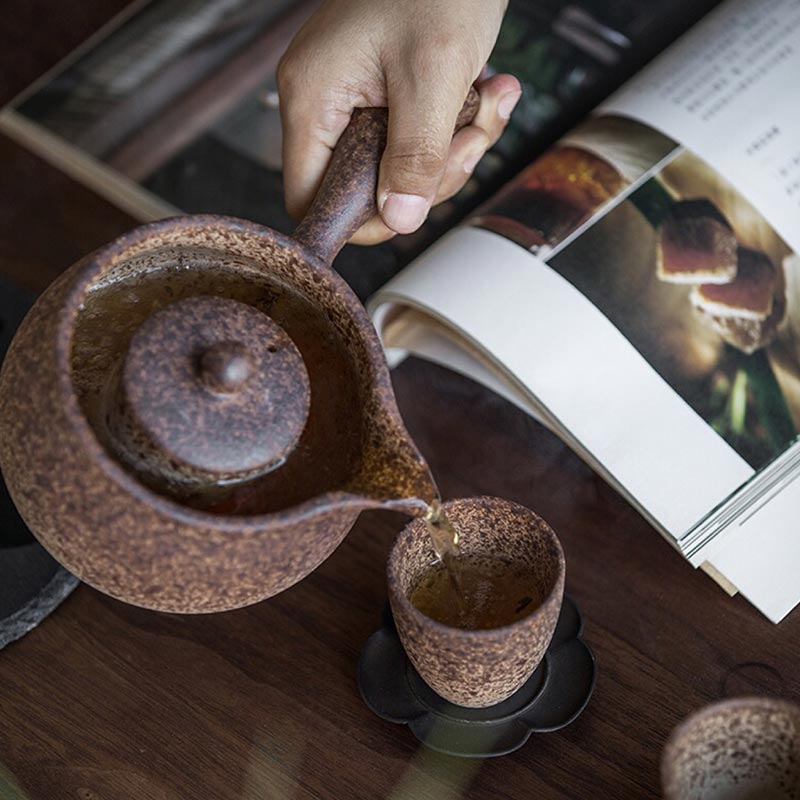1. Shennong era
5000 years ago, the Shennong era used raw leaves to boil and drink, and used tea for medicinal purposes.
2. Western Zhou Dynasty, Eastern Zhou Dynasty
Before 3000, tea trees were cultivated artificially and used as vegetables.
3. Qin Dynasty
2300 years ago, it started to be a tea drink, boil, and soup.
4. Han Dynasty
(Western Han Dynasty) Before 2000 years ago, commercialization began, and Chengdu became the earliest distribution center of tea in China.
(Eastern Han Dynasty) Around 1500 years ago, tea cakes were made for transportation.
5. Tang Dynasty
Before 1200, it was influenced by the economy and culture of the Tang Dynasty; Lu Yu’s “Tea Scripture” advocated; the monk life and tea were influenced by the teaching affairs, and the climatic conditions also benefited from the development of the tea industry.
6. Song Dynasty
The improvement of tea making skills before 1000 years ago; the exquisite water quality; the acquisition of tea buckets.
7. Yuan Dynasty
700 years ago, loose tea was made and fried and steamed slightly.
8. Ming Dynasty
According to the present 600 years, the craftsmanship of yellow tea, black tea and scented tea has been formed one after another.
9. Qing Dynasty
300 years ago, Chinese tea leading the world tea market. At that time, only China was the only exporter of tea. The craftsmanship was mainly roasted and fried tea, and produced oolong tea, black tea, dark tea, scented tea, green tea, white tea.
10. Modern times
- 1846-1886 was the prosperous period of Chinese tea (the area of tea gardens continued to expand, and the output of tea increased rapidly, which strongly promoted the development of foreign trade).
- The period from 1886 to 1947 was a period of decline in China’s tea production (political, economic, and international tea market competition failed).
- 1950-1988 was the period of recovery and development of China’s tea production. With the support and attention of the government, it vigorously restored old tea gardens, established new tea gardens, improved new varieties, promoted scientific tea cultivation, and the tea economy moved towards a stable development path.
